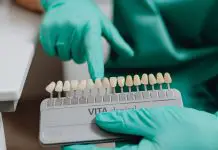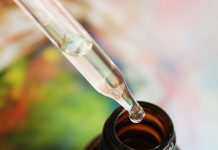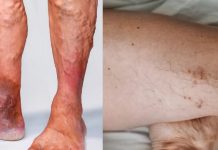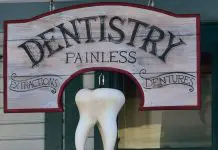Overview, Causes, & Risk Factors
Acute interstitial nephritis is also called AIN. AIN is a condition in which there is damage to the tissue around the filteringunit of the kidney. This can result in a sudden decline in the kidney function.
What is going on in the body?
In AIN, different types of white blood cells invade the filtering system of the kidney. This causes it toswell. The rise in white blood cells is most often a result of anallergic reaction to a medicine.But it may also be caused by some infections. Most people who have AIN recover completely. But sometimes, scarring results. If thathappens, the kidney may have irreversible damage.
What are the causes and risks of the disease?
AIN may be caused by:
Sometimes the cause is unknown.
Symptoms & Signs
What are the signs and symptoms of the disease?
Symptoms of AIN include:
Diagnosis & Tests
How is the disease diagnosed?
The doctor can usually diagnose AIN by doing the following:
Urine and blood tests are done to assess the kidney function. They can also help confirm the diagnosis.Sometimes a skin biopsyof the rash and a kidney biopsy are needed.
Prevention & Expectations
What can be done to prevent the disease?
Prevention of AIN is not always possible. It helps to avoid contact with the offendingmedicine in the case of allergic reaction.Other prevention depends on the underlying cause of infection, such as avoiding exposure to strep.
What are the long-term effects of the disease?
Most cases of kidney damage can be reversed with treatment. But a few cases of AIN may lead tolasting kidney failure.
What are the risks to others?
AIN is not catching and cannot be spread to others. Certain underlying conditions,such as mononucleosis, may becatching.
Treatment & Monitoring
What are the treatments for the disease?
Treatment will depend on what has caused the disease. If the AIN was caused by anallergic reaction to a medicine,the kidney function usually returns to normal once the medicine is stopped.
If the kidney function does not return or if the damage is severe, steroids may be used. They can help decrease the allergicresponse. Sometimes short-term dialysismay be needed. This can help remove toxins until the kidney function returns. If the damage to the kidneys can’t be reversed, the personmay need long-term dialysis. Or, in some cases, a kidney transplant may be needed.
What are the side effects of the treatments?
Side effects of steroids may include:
Side effects of surgery may include:
What happens after treatment for the disease?
Usually the kidney heals completely and the AIN symptoms slowly go away. If surgery is needed, recovery willdepend on the extent of surgery.
How is the disease monitored?
The doctor will generally advise regular visits andkidney function tests.Any new or worsening symptoms should be reported to the doctor.
Article type: xmedgeneral














































